
How Kids Learn
Learning styles is a term that refers to different ways in which we learn, process, and retain information.
Below are some of the ways in which kids learn & can be a direction for parents to help them understand & adapt their teaching methods.
Included alongside is a corresponding list of strategies you can adopt to boost your child’s learning.
# 1. Kids learning begins at birth

From the time a child is born, he or she is learning every waking moment.
In fact, babies and toddlers are either learning or sleeping.
#2. Ages 0-5 years are foundational

Between birth to age 5, a child learns at a speed unmatched the rest of his or her life! It is during these years – when more than 85 percent of a child’s brain is formed – that crucial brain connections are formed.
These connections help develop indispensable academic, social and cognitive skills, which teach the child how to approach and navigate any given situation & are the basis for learning.
#3. Bonding over learning with infants

The best time for learning is as early as possible; reading to a baby offers a wonderful, shared bonding experience in addition to providing a love of language and ensuring the connections are made in the early brain.
#4. Engagement

Babies brains develop through experiences. Right from birth, children learn by playing and exploring in safe and stimulating environments.
Children learn best by being involved in learning, actively engaging with the environment, and trying many different activities.
Active engagement includes observing things, watching faces and responding to voices, listening to sounds & making sounds, exploring eg. putting things in their mouth, shaking things and turning things around, asking questions, experimenting with textures, objects and materials like water, sand or dirt, building things from objects like cardboard boxes or toy blocks
#5. Learning by Playing
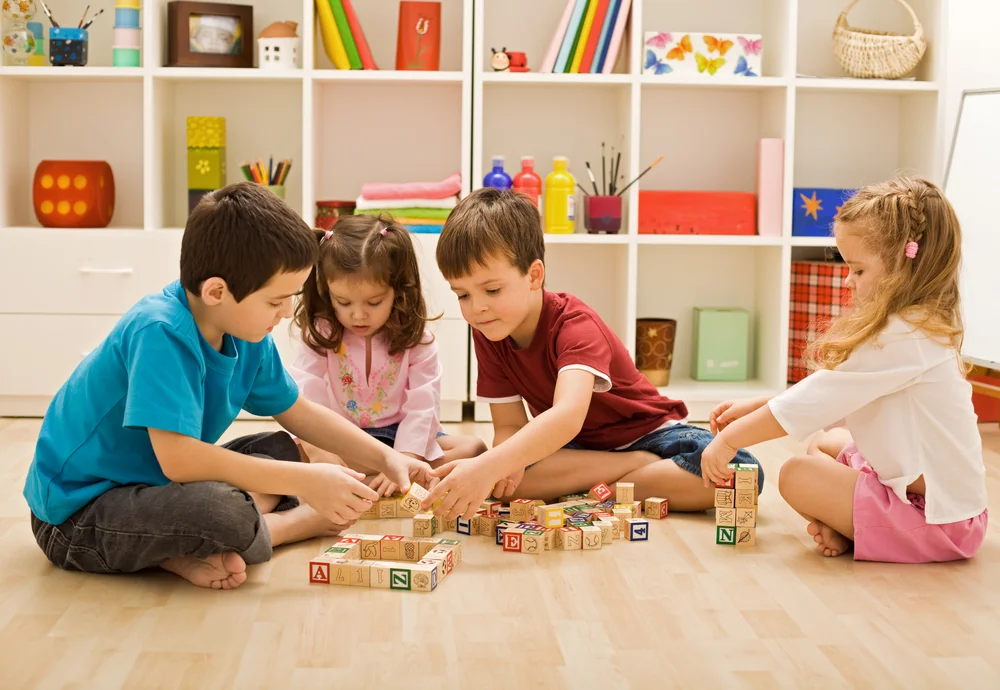
Play is far more powerful for children than many parents realize.
It’s actually the key to learning.
Researchers and educators across the world have found that play can help enrich learning and develop key skills such as inquiry, expression, experimentation, and teamwork.
In meaningful play, children are active participants. Play is what pulls together the logical and creative parts of the brain.
Play is often a full body activity that helps them develop skills they will need later in life. Running, dancing, climbing, rolling—these activities all foster muscle development and help fine-tune motor skills.
Children also build their mental and emotional muscles as they create elaborate, imaginative worlds rich with a system of rules that govern the terms of play.
#6. Pre-school development

A rewarding school career starts long before a child enters the classroom.
From infancy until the first day of school, parents and caregivers provide the essential early developmental experiences and nurturing relationships, which wire the young brain and build the necessary skills for lasting success.
Children’s key relationships help them learn communication, thinking and problem-solving skills.
You are your child’s first teacher, and your child will keep learning from you as they grow older.
#7. Motivational Support

Being interested, motivated and engaged in learning is important for children once they start school.
As school is a new environment for kids, parents need to support them in this new learning journey by providing the necessary motivation.
While children do have the capacity to learn quickly, they will find challenges if they are not well supported by caring and compassionate adults who shape their environment and experiences.
#8. Giving children sensorial experiences

All young children learn through meaningful hands-on experiences—through touching, moving, seeing and hearing and doing.
Children and teenagers also learn by observing, listening, exploring, experimenting and asking questions.
Sensorial learning helps children understand what they are learning is an effective way of teaching them.
#9. Exposure to different concepts

Studies have found that, from birth to puberty, children are capable of learning language rapidly and effectively because of both their neuroplasticity and their “cognitive flexibility,” or the ability to mentally switch between two different concepts or ideas rapidly, as well as being able to clearly think about numerous concepts at the same time.
#10. Right learning stimulus

Children can acquire new knowledge and skills more rapidly than adults can.
Children of elementary school age can learn more items within a given period of time than adults, making learning more efficient in children.
To learn quickly, however, children also need support, guidance and access to appropriate learning materials.
#11. Balanced pace of learning

In an endeavor to speed up children’s learning, we can be guilty of rushing, whereas an environment which fosters a child’s pace of learning offers so much more opportunity for children to develop a love of interacting with people and places, and engaging in active learning.
#12. Repetitions

Another way children learn is by imitation & repetition.
Hundreds of repetitions in a safe, supportive environment help; with people they love and trust.
When you read, talk and play with a purpose with children beginning at birth, you help shape their networks of neurons.
#13. Self-Involvement
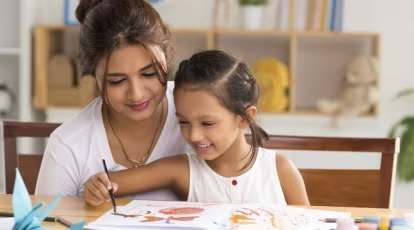
Your child also learns by being involved in their learning.
This could be as simple as choosing books to read, pointing to pictures in books, choosing objects and toys to play with, picking out vegetables for dinner, measuring out flour for muffins.
#14. Variety in Activities

All children benefit from trying plenty of different activities.
This gives them many ways to learn and many chances to practice what they’re learning.
For example, it’s important for your child to have activities that are inside and outside, physically active or quiet, free play or more structured, and so on.
By encouraging your child to try plenty of new things, you help your child learn more about who they are, what they enjoy and what their strengths are.
This is good for your child’s confidence and self-esteem.
#15. Self-Discovery

Your child needs your support for learning.
For example, your child might sometimes need you to show them what to do.
But your child doesn’t need you to give them all the answers.
Letting children make mistakes and find out for themselves how the world works is a big part of learning.
#16. Recognition

Praise and encouragement when your child tries hard will keep them interested and help them feel good.
It will also encourage them to try again in the future. Always affirm their good deeds and action with motivating words.
#17. Motivate Reading

Fill your kid’s time with reading.
You can also conduct group reading sessions in your family &layout a family reading time.
Show how significant reading is to you by filling your home with printed materials like books, papers, even banners, and placemats with words on them.
#18. Have deeper meaningful conversations
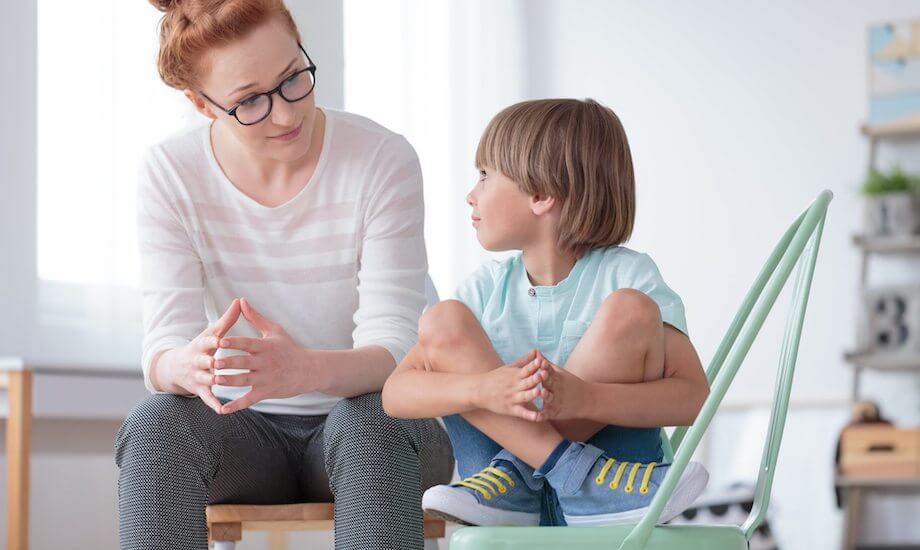
Urge your child to offer their perspective, talk about sentiments, and choices.
Demand their commitment to family decisions, and show that you regard it with a serious intention.
#19. Encourage Playing Outside
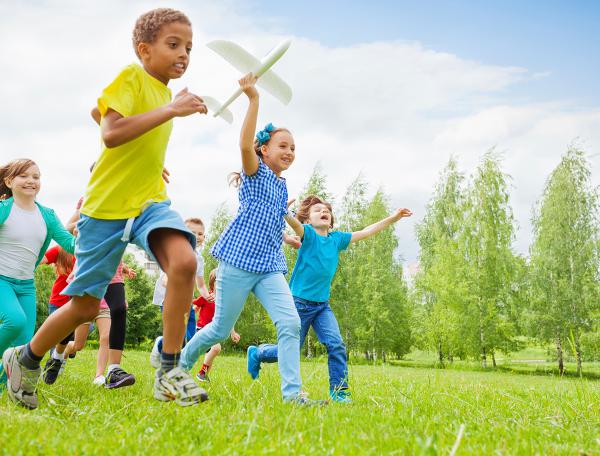
Playing outside helps inculcate different types of learning skills & values.
These values and skills are team play, leadership, cooperation, healthy competition, modesty, sportsmanship, and team spirit.
Other than that physical activities will keep your kid’s physical and mental health sound.
#20. Ask what they Learned Today
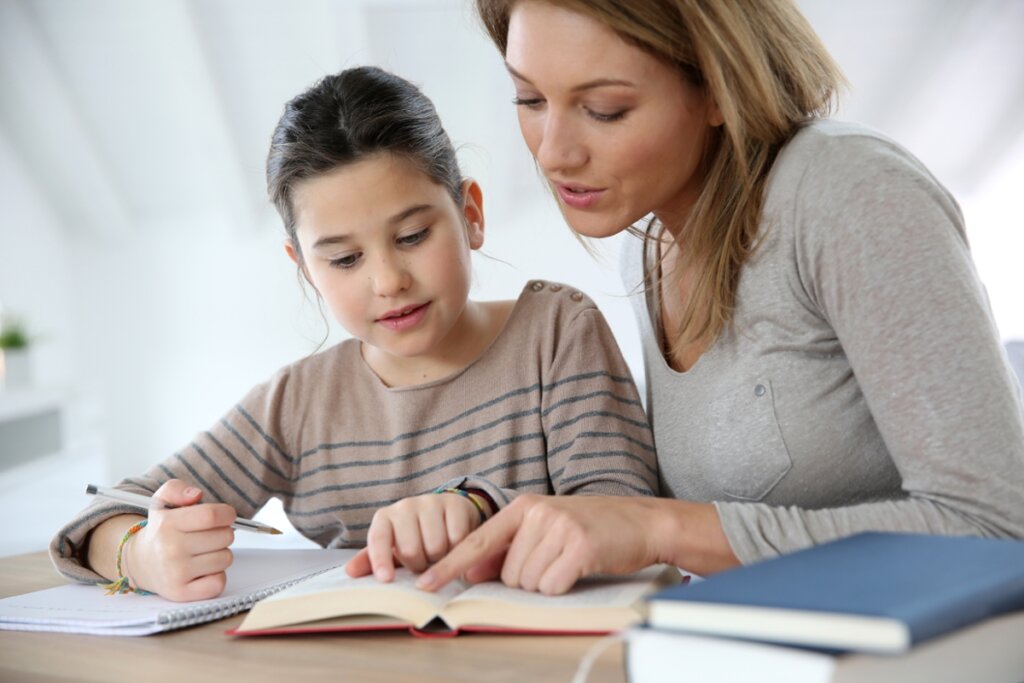
Asking kids about their school & daily work has numerous benefits.
First, it allows you to have a look at your child’s progress, and also it is a great engagement activity.
Have them show you what they learned in school today
#21. Assisting your kids in their studies

Help your kids with school papers, assignments, homework, and tasks to make them feel supported and cared for.
Some students can find studies excessively overwhelming, & invest more energy in stressing than learning.
This is where parental assistance can be extremely helpful.
#22. Learning through logic

From 7 years old to about middle school, kids begin thinking more logically.
During this stage, kids are more able to make connections between things.
They become “detectives” who can see clues and put them together.
At this stage, you can help kids along by teaching them to reflect on things like cause and effect.
#23. Learning through reasoning

Teens start thinking more abstractly and with more complexity.
They consider the “what ifs” of situations to figure out possible outcomes.
In school, this means they’re ready to learn more complicated math skills and understand characters and plots in deeper ways when they read.
Socially, these new skills help them see that other people’s reactions are sometimes based on different perspectives and experiences.
Physically, it means they’re able to put different types of skills together to do more complicated things like driving.
#24. Sharpen their executive functioning skills

Once kids hit their teens, they don’t stop developing thinking skills. In fact, executive functioning skills — the skills that help all of us plan, organize, and complete tasks — don’t fully mature until age 18 or 20.
As kids get older, the wiring system of the brain just becomes more intricate:
Circuits intertwine with other circuits to allow all those skills to work together.
These are the different ways in which kids learn & develop.
To promote a healthy & positive learning experience, kids should be given the right stimuli, learning environment & parent or carer support to help them to learn smoothly & put their learning into action, thereby fostering a thriving cycle of growth & development.